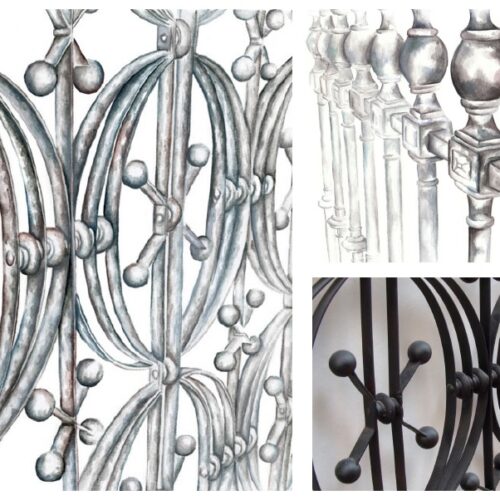
The importance of drawings within my own textiles practice
The aim of this post is to share how I as a designer use drawings, as a way of developing my ideas and textiles work. I use critical thinking skills and an understanding of aesthetic values, to create initial sampling and more developed work.
This post will focus on a project I undertook with Slow Lab, an organisation devoted to exploring Slow Design in collaboration with Burberry. The brief was to investigate the local Millbank area in London and use it as inspiration for the project, creating a series of initial and developed samples. My starting point was to research the history of the location and I discovered there was once a penitentiary located on this site. My initial idea stemmed from the confinement of prisoners within cells, with only windows and prison bars to look out from. I began my research by observing and drawing gates and railings from differing perspectives. I visited the Ironwork and Islamic galleries at the V&A and produced a series of drawings. I tried to capture the way the gates disappeared into the distance.
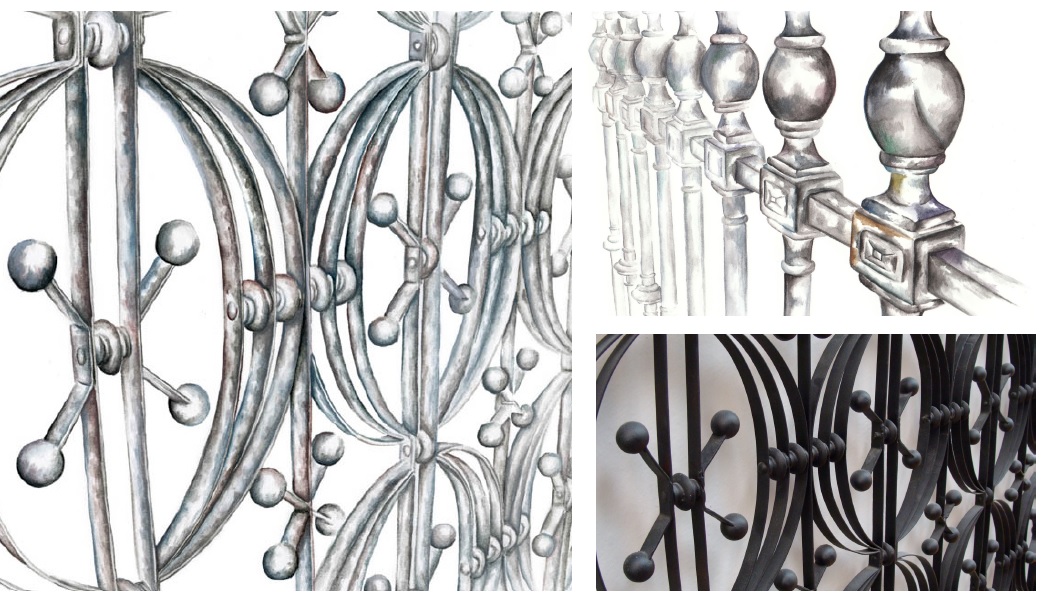
At this stage I analysed the drawings produced considering the qualities depicted. The drawings are very three dimensional and decorative. There is a change in pattern intensity and relief. There is also a sense of transparency communicated by the way the paint has been applied. I used this analysis to select materials and techniques to create initial samples shown in Figure Two.
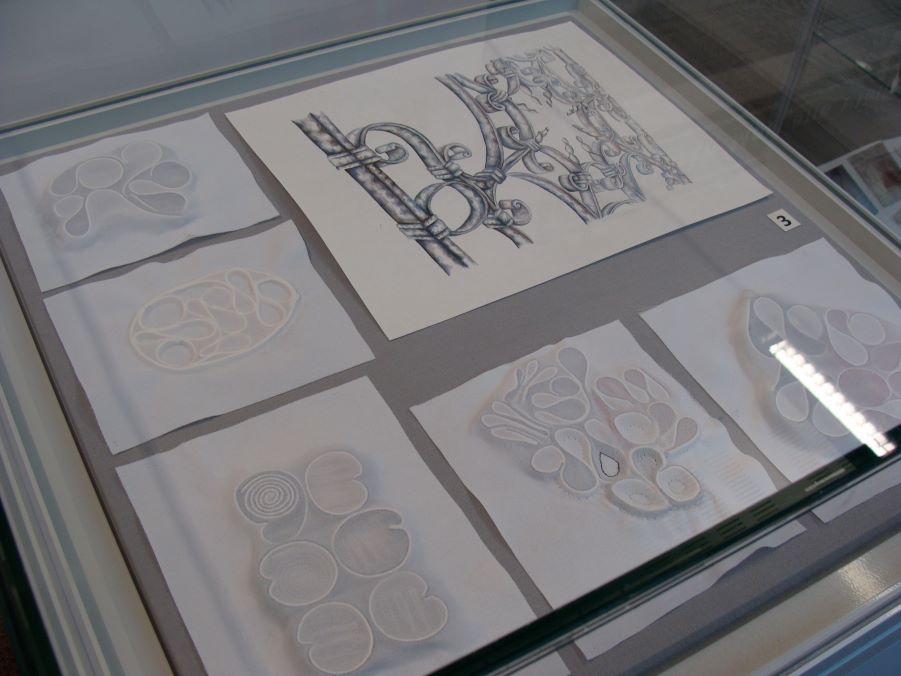
I experimented with techniques including quilting, hand embroidery and encasing materials within fabrics. I also explored marbling techniques. Initial samples are usually the first ideas that come to me when translating the drawings using textile techniques. It’s important to develop these to explore a wider range of possibilities, so that I am not limiting myself to the initial ideas. One sample will trigger another leading me down a road of possibilities. My original idea morphs into something completely unexpected. Problem solving is a fundamental part of this process, if something doesn’t go to plan it can lead to something really interesting, because I have had to approach it from a different angle. In the initial samples shown in Figure Two, I tried to capture and communicate the qualities depicted within my drawings. These initial samples developed into more resolved samples shown in Figure Three. The resulting fabrics have an optical illusion quality similar to the effects of stained glass, which was exciting and an unexpected outcome. These fabrics communicate a change in intricate pattern intensity, relief and colour.
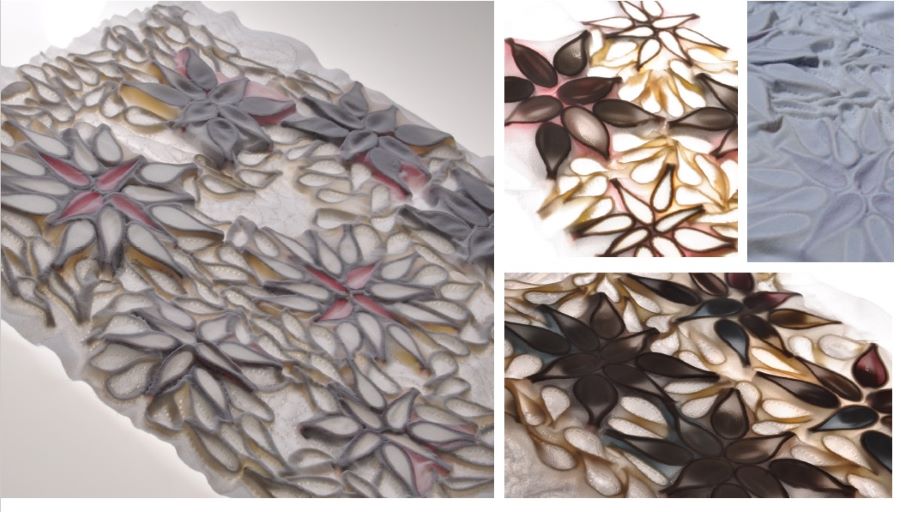
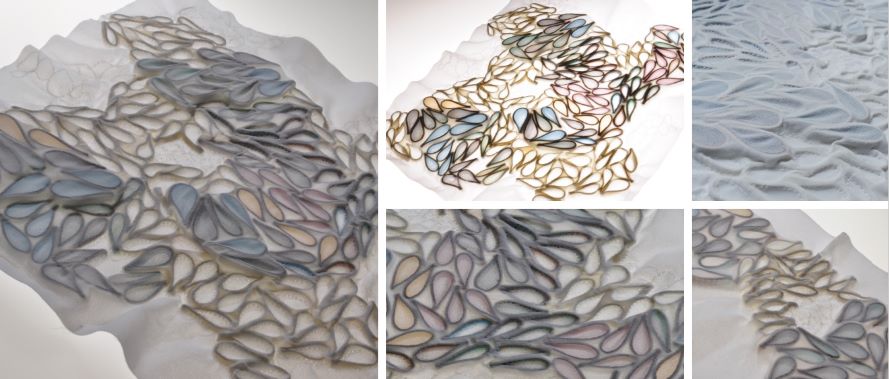
This project evidences the importance of drawing within my work. It clearly shows how drawing is used to generate textile ideas. Everyone’s approach will be so different when it comes to using drawings and mark making to generate ideas and samples, and we can learn from each other by sharing the process, outcomes and thinking.
|
|





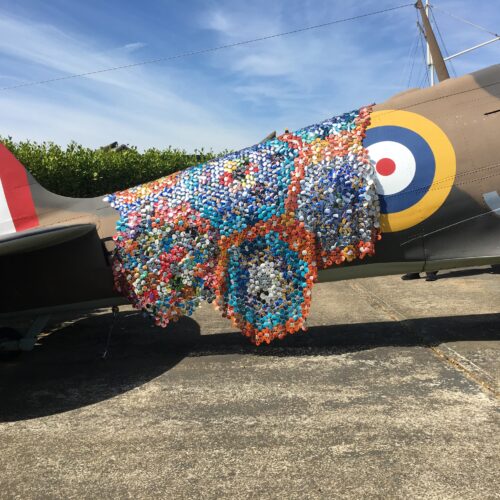

What is wonderful is that everything done here is analogue. Let us all keep working with our hands, without the intervention of any digital device
👍👍👏👏
Many thanks for posting this blog. I am writing the first essay in Ideas and Processes and find the format and clear stepping stones in this blog are a very clear example of the tone, content and thinking required for this style of writing.
The developed samples are absolutely beautiful. I can see that associating the place with penitentiary and prisoners could lead to such an outcome when backed up with imagination and critical thinking. The initial samples have taken the essence of the representational drawing, then developed to intricate patterns, which again reminds me of the patterns of the iron work.
Lovely work Mandeep !